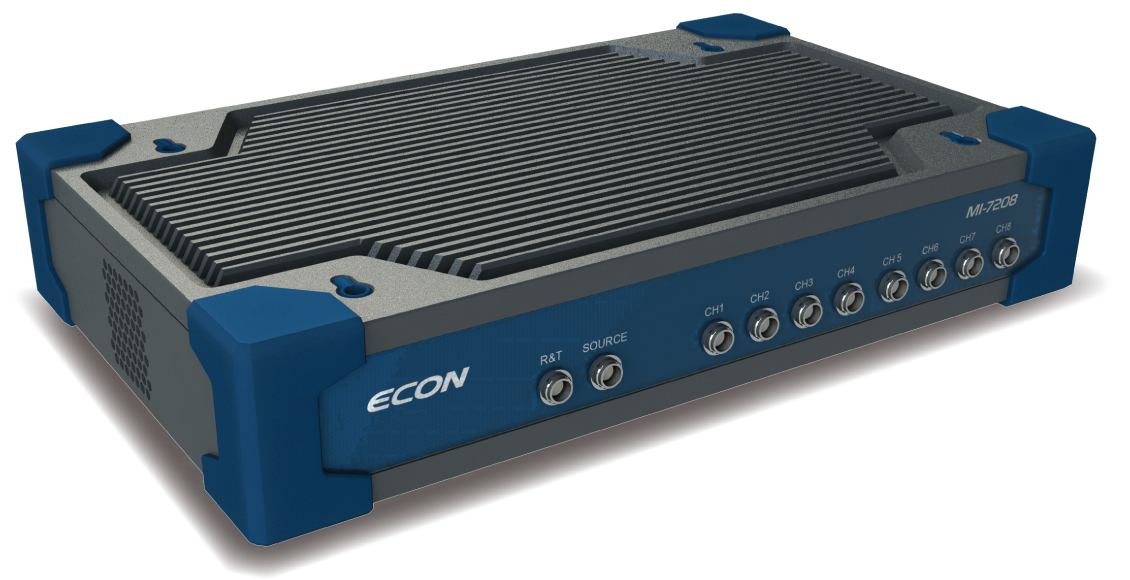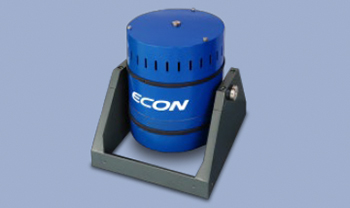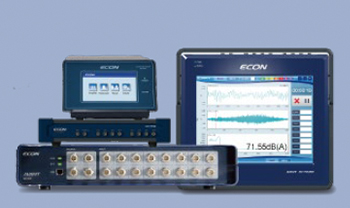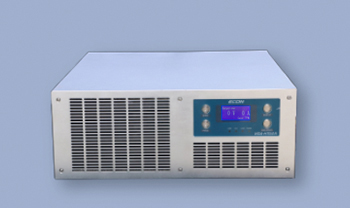What is a modal test system?
Modal analysis is an analysis that determines the frequency at which the object itself is likely to vibrate and its vibration shape. Also called eigenvalue analysis. Modal Test combines data collection and analysis. The entire process is sometimes referred to as modal Test and analysis, or experimental modal analysis (EMA).
-
Modal Exciter
VE-M seriesFrequency up to 10,000Hz, excitation force up to 1,000N Ideal for modal excitation
The VE-M series exciter is a broadband Modal Exciter, with an excitation force range of 100 to 1,000N and a frequency range of DC to 10,000Hz. Due to the small lateral vibration and large axial vibration stress, multi-directional vibration in the vertical and horizontal directions can be realized, and it is stable and reliable, making it ideal for modal analysis.
Modal analysis is primarily used to determine the structural properties of a target product, such as natural frequencies, damping ratios, and modal shapes. The ultimate goal is to provide a reference and basis for the analysis of vibration characteristics, system fault diagnosis and prediction, and optimization of structural dynamic properties.
This modal analysis system consists of a Modal Exciter or force hammer, test instruments, acceleration pickup and power amplifier, analysis software, etc., and has charac teristics such as high efficiency and good portability.

Features-Exciter
・ Wide frequency band, small size, large excitation force, strong rigidity
・ The length of the vibration rod can be adjusted through the movable part through-hole, and the clamp position can also be adjusted, making it easy to connect to the test sample.
・ Electronic zero position control allows for adjustable axial stiffness, with little need for additional stiffness to the test sample
・ Stroke length can reach 25.4mm, making it ideal for structural tests that require suspension of various rigid structures and Modal Exciters at low frequencies.
-
Features-Modal Test System
・ Supports modal analysis of exciter or hammer excitations
・ Applicable to many test instruments, ideal for various modal analyzes
・ Rich trigger functions and adjustable window functions make the acquired data more convenient and accurate
・ Integrates various signal sources such as sine wave frequency sweep, white noise, and random trigger, making excitation operation easy
・ Test data compatibility, supports Modal Genius, ME'scope and other modal analysis software
-
Specification
Model VE-51100M Sine Force Peak(N) 1000 Frequency range (Hz) 2〜6.5k Max. acceleration (m/s²) 600 Max. load (kg) 20 Max. displacement pp (mm) 25.4 Countertop screw dimensions (standard) M6 Weight (kg) 130 Size (W×D×H) (mm) 472×394×510 Cooling method Air cooled Horizontal Shaker Model — Max. horizontal acceleration (m/s²) — Horizontal frequency range (Hz) — Max. horizontal displacement pp (mm) — Horizontal stand size (W x D x H) (mm) — Horizontal platform weight (kg) — Power Amplifier Model VSA-H152A Max. output power (VA) 1500 Size (W×D×H) (mm) 505×630×195 Weight (kg) 26 Remarks —
Application
Determination of structural dynamic response, modal analysis, component fatigue Test, etc.
System Diagram (Modal Test)

-
Mini Power Amplifier
VSA-H series
VSA-H152A
Mini Amplifier 
-
Measurement and Analysis System
Dynamic Signal Analyzer
MI-7208 


